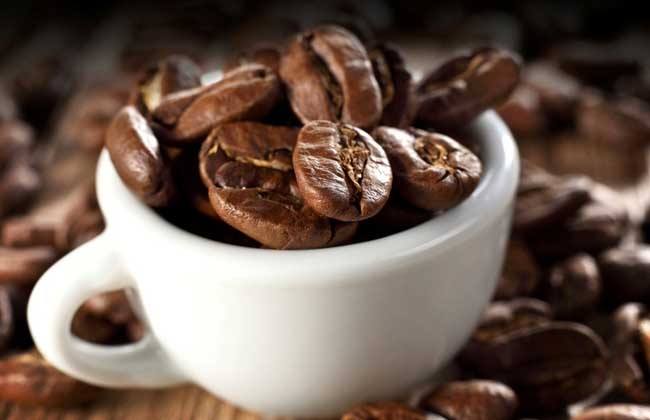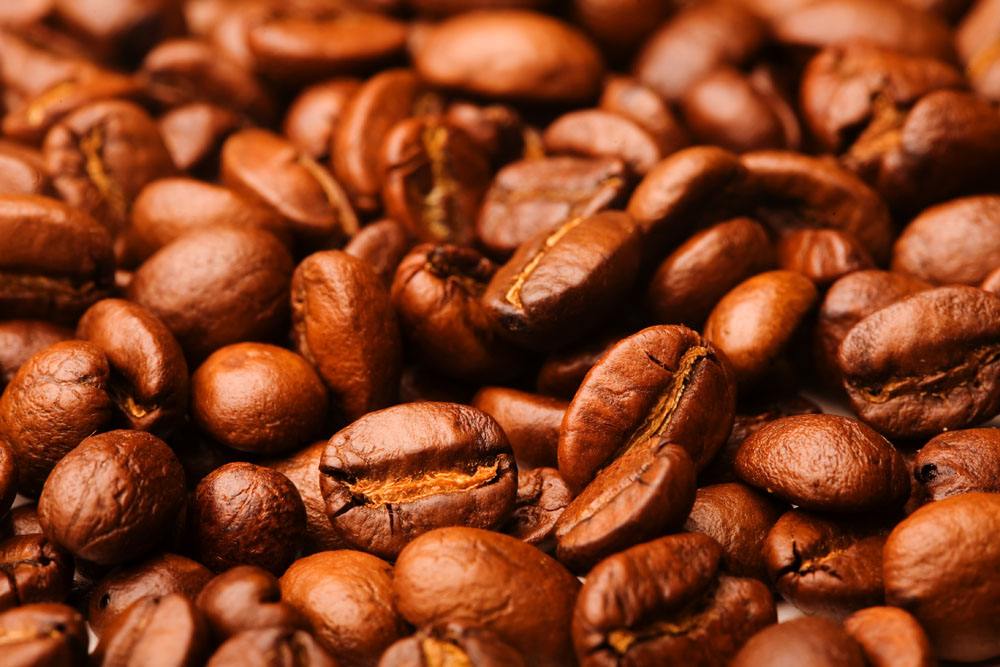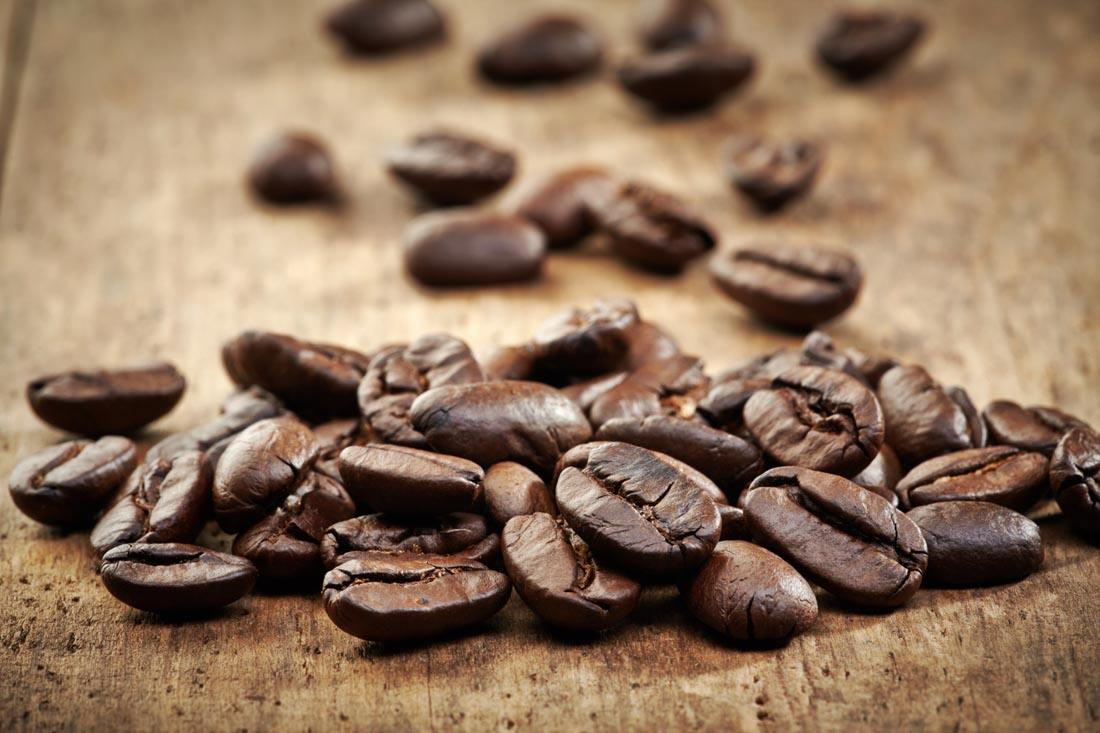Why "Arabica beans" is higher than "Robasta beans"?
Follow the caf é (Wechat official account vdailycom) and found that Beautiful Cafe opened a small shop of its own.
Coffee trees can be divided into two main varieties: Arabica (coffea arabica) and Robusta (coffea robusta/coffea canephora) (rare on the market). Arabica (Coffea arabica) is the most traditional Arabica coffee variety. Originally from East Africa, coffee was monopolized by the Arab world for a long time before the 15th century, so it was called "Arabian coffee" by Europeans.
It turned out that all the commercial coffee in the world were small-grain coffee, but at the end of the 19th century, there was a large-scale disease, and growers began to look for other disease-resistant varieties. At present, small-grain coffee is still the main variety of coffee, accounting for about 3% of the world's total coffee output. It is mainly grown in Latin American countries, but also partly in Indonesia and the Pacific islands. At present, the geographical and climatic conditions of Brazil, the largest coffee producer in the world, are very suitable for the growth of small fruit coffee, and the main coffee varieties planted are also small grain coffee. Brazil's coffee production accounts for more than 1 inch of the world's total output. The fruit of small-grain coffee is smaller than that of medium-grain coffee and large-grain coffee. The berries are oval and generally contain two seeds, the so-called "coffee beans".

Subspecies: small seed coffee Arabica species (Coffea arabica) three early subspecies are ∶ blue mountain subspecies (varietal Blue Mountain), Tibica subspecies (varietal Typica) and Bourbon subspecies (varietal Bourbon). Jamaica Blue Mountain is recognized as the best coffee in the world. Tibica coffee, which is native to Ethiopia and southeastern Sudan, is the most widely cultivated variety of coffee in the Western Hemisphere and has a higher yield in Hawaii. Hawaii Kona is on a par with Blue Mountain coffee, with a price difference of only $1 to $3. The bourbon subspecies was introduced to America by French immigrants in the 18th century from the island of Island of Bourbon (today's French island of Reunion in the Indian Ocean east of Madagascar). It is now widely cultivated in the Western Hemisphere, such as Brazil, and a small amount in Yunnan, China. The caffeine content of Bobang subspecies is 20% to 30% higher than that of Tibica subspecies, but less than most coffee subspecies.
At first, the main branch and trunk grew upward at 45 degrees, and with the fruit load, the lateral branches were denser, the fruit was more, and the yield was higher. But the berries are smaller and ripen faster, so they are not resistant to strong winds and heavy rain. Bobang coffee is a variety of small-grain coffee second only to Tibica, with more results and higher yield, but smaller berries and slower ripening. Small-grain coffee grown in Yunnan, China is mainly Tibika and Bobang subspecies. From the botanical point of view of coffee, Yunnan small-grain coffee is genetically similar to the best blue mountains in Jamaica (Jamaica Blue Mountain) and Kona in Hawaii.
Robusta species (scientific name Coffee Robusta Linden). The leaf rust-resistant varieties found in Congo in Africa have stronger disease resistance than Arabica. In the general coffee market, many people like to compare robusta and Arabica coffee beans, which is incorrect. In fact, the Robusta species was originally a mutant of the Congo species (scientific name: Coffee Canephora), and it should be compared with the Alabica species. Today, however, the Robusta species is commonly used by ordinary people, and it is not known that it is actually a variant of the Congolese species.
Arabica coffee beans grow at colder high elevations in the tropics, and those high temperatures and low elevations that are not suitable for Arabica are the land of Robusta. Robstado grows in the lowlands at 200-600m above sea level and likes warm climates. the temperature is 24-29 ℃, and the requirement for rainfall is not high. However, the variety depends on insects or wind to pollinate, so it takes 11 months from pollination to fruit, which is longer than the Arabica species.
Robusta kind of Ken has a unique aroma (known as "Rob flavor", some people mainly moldy smell) and bitter taste. If 23% of the coffee is mixed with other coffee, the whole cup of coffee will become Rob flavor (therefore, Robusta coffee beans can not be drunk as individual coffee beans). Its flavor is so bright and strong, but if you want to taste it directly, you have to be prepared. In general, robusta coffee is used in instant coffee (which extracts about twice as much liquid as Arabica), canned coffee, liquid coffee and other industrial coffees. Its caffeine content is much higher than that of Arabica, about 3.2%.
The coffee tree planted by Robusta is a kind of tree between shrubs and tall trees. Its leaves are long and bright green. The tree can be up to 10 meters high, but its roots are very shallow. The fruit is slightly rounder and smaller than Arabica coffee. The bean body is flat and round. The middle pit is straight. The output of Robusta species accounts for 25% of coffee bean production, which accounts for 25% of coffee bean production. Its main producing country is Indonesia (one of its coffee beans is a kind of coffee bean processed by washing method, which is a hybrid between Robusta and Arabica. It is the only coffee bean on the Chinese market that can be used as a single drink), Vietnam, Africa, (Ivory Coast, Nigeria, Angola as the center of the West African countries), Vietnam has been more committed to coffee production in recent years, and included it in the national policy (Vietnam also produces a small number of Arabica coffee beans).
Important Notice :
前街咖啡 FrontStreet Coffee has moved to new addredd:
FrontStreet Coffee Address: 315,Donghua East Road,GuangZhou
Tel:020 38364473
- Prev

The difference between Arabica coffee beans and Roberta coffee beans
Follow the comments (Wechat official account vdailycom) found that the beautiful cafe opened its own small shop coffee market share is relatively large, there are also many varieties of coffee, the first two most common varieties are: Arabica and Robusta! The coffee beans on the market, unless there is coffee specially grown by Robusta, no matter what name you encounter, such as Yega Xuefei.
- Next

What is the difference between Arabica coffee beans and other coffee beans
Following caf é (Wechat official account vdailycom) found that Arabica Coffee beans grow at colder high elevations in the tropics, while high temperatures and low elevations, which are not suitable for Arabica varieties, are home to Robusta. Robusta grows in lowlands 200-600 meters above sea level. He likes a warm climate and requires a temperature of
Related
- Detailed explanation of Jadeite planting Land in Panamanian Jadeite Manor introduction to the grading system of Jadeite competitive bidding, Red bid, Green bid and Rose Summer
- Story of Coffee planting in Brenka region of Costa Rica Stonehenge Manor anaerobic heavy honey treatment of flavor mouth
- What's on the barrel of Blue Mountain Coffee beans?
- Can American coffee also pull flowers? How to use hot American style to pull out a good-looking pattern?
- Can you make a cold extract with coffee beans? What is the right proportion for cold-extracted coffee formula?
- Indonesian PWN Gold Mandrine Coffee Origin Features Flavor How to Chong? Mandolin coffee is American.
- A brief introduction to the flavor characteristics of Brazilian yellow bourbon coffee beans
- What is the effect of different water quality on the flavor of cold-extracted coffee? What kind of water is best for brewing coffee?
- Why do you think of Rose Summer whenever you mention Panamanian coffee?
- Introduction to the characteristics of authentic blue mountain coffee bean producing areas? What is the CIB Coffee Authority in Jamaica?

